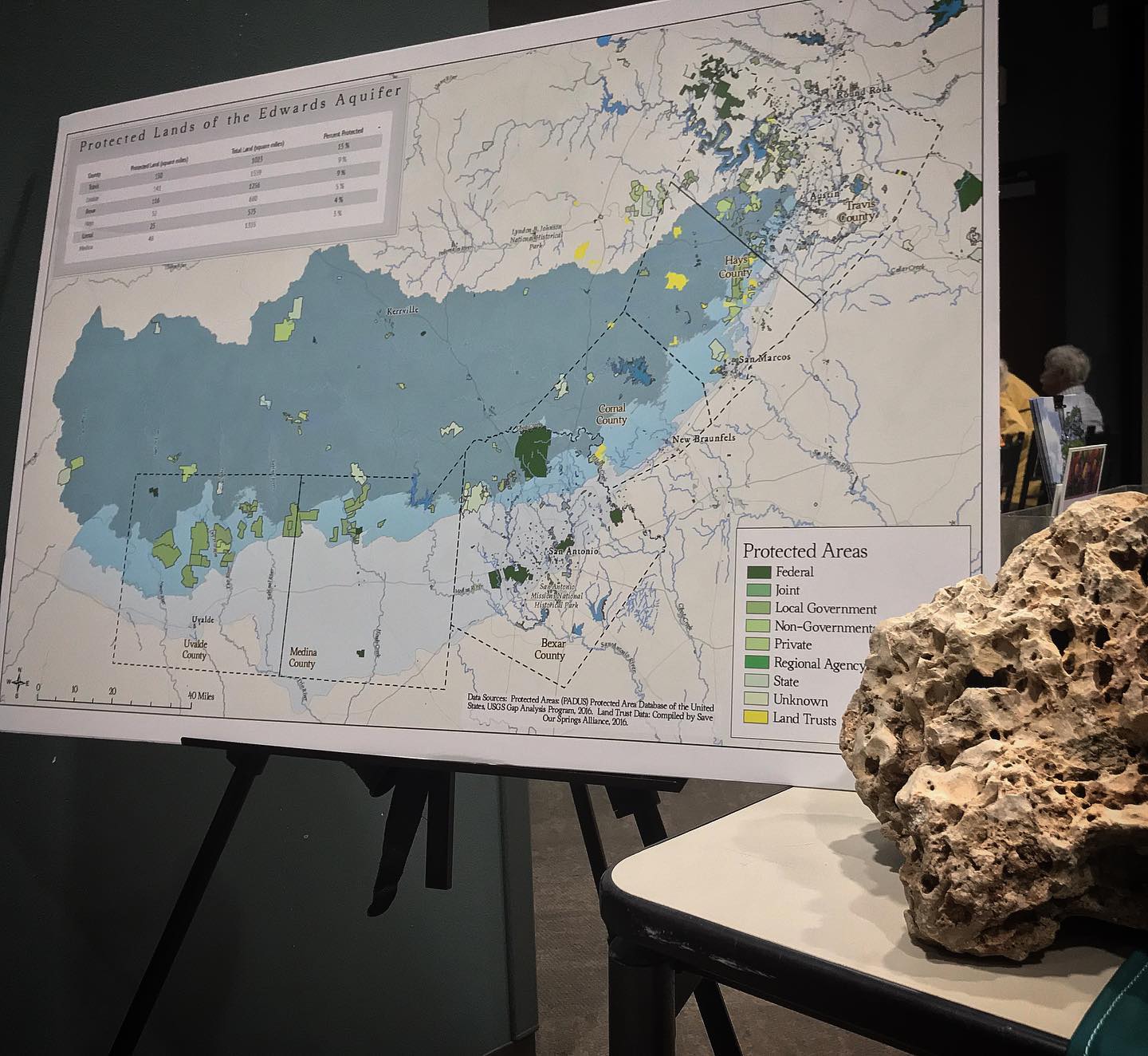The Edwards Aquifer Authority (EAA) Thursday reduced the amount of water commercial users can pump annually from the aquifer in Comal and five other counties in the San Antonio pool by 35%.
Implementation of Stage 3 Critical Period Management permit reductions affects all Edwards Aquifer groundwater permit holders authorized to pump more than three acre-feet annually.
Included in this category are industrial and agricultural users as well as municipal water utilities authorized to pump water for delivery to respective customers. Other counties impacted are Bexar, Guadalupe, Hays, Caldwell and Atascosa.
Neither the Texas Water Company nor New Braunfels Utilities have issued statements about what this might mean for residential users in Comal County. EAA in a statement said residents and businesses who receive their water from a public water system should follow their providers’ directives.
The 10-day rolling average at the J-17 index well was 639.9 feet above mean sea level as of Wednesday. Stage 3 is implemented at 640 feet. The Edwards is the primary water source for more than 2.5 million Texans who live in south central Texas, according to the EAA.
The Edwards is a karst aquifer that replenishes itself quickly after heavy rains and should not be confused with the Trinity Aquifer, which supplies the vast majority of residential water wells in Comal County.
According to EAA, the karst aquifer extends through parts of Kinney, Uvalde, Zavala, Medina, Frio, Atascosa, Bexar, Comal, Guadalupe and Hays counties and covers an area approximately 180 miles long and five to 40 miles wide.
According to the Guadalupe-Blanco River Authority (GBRA), springs from the Edwards Aquifer are the sources of tributary rivers to the Guadalupe River. Water from the Edwards Aquifer flows from Comal Springs in New Braunfels into the Comal River.




